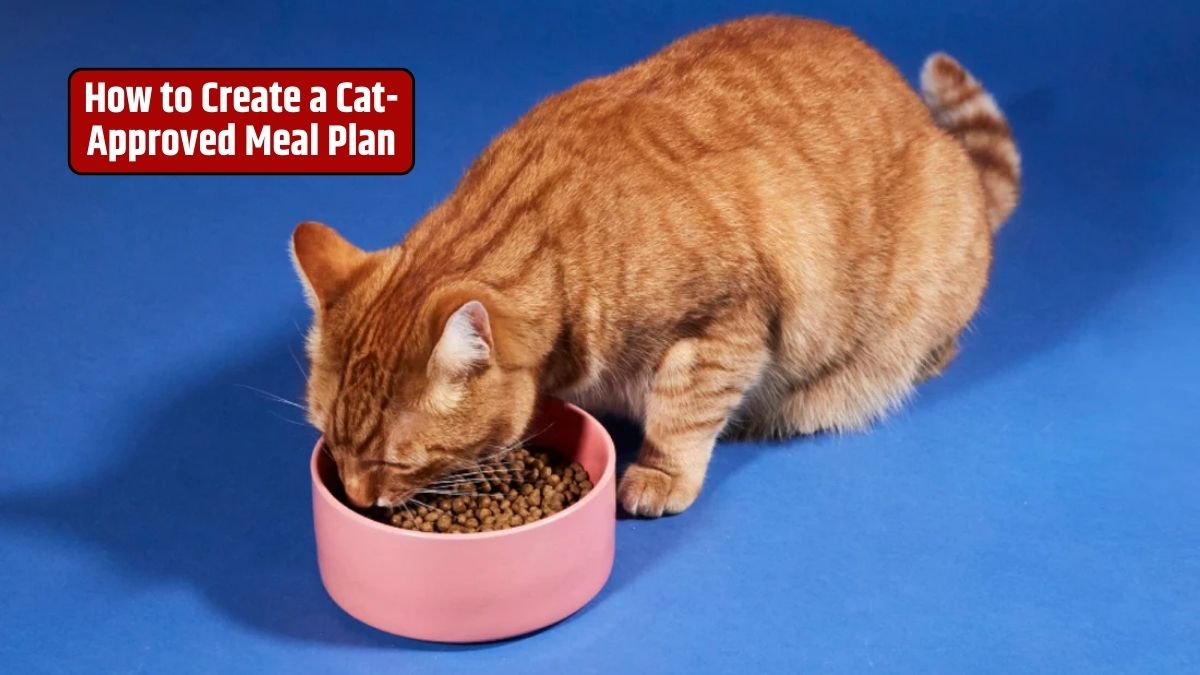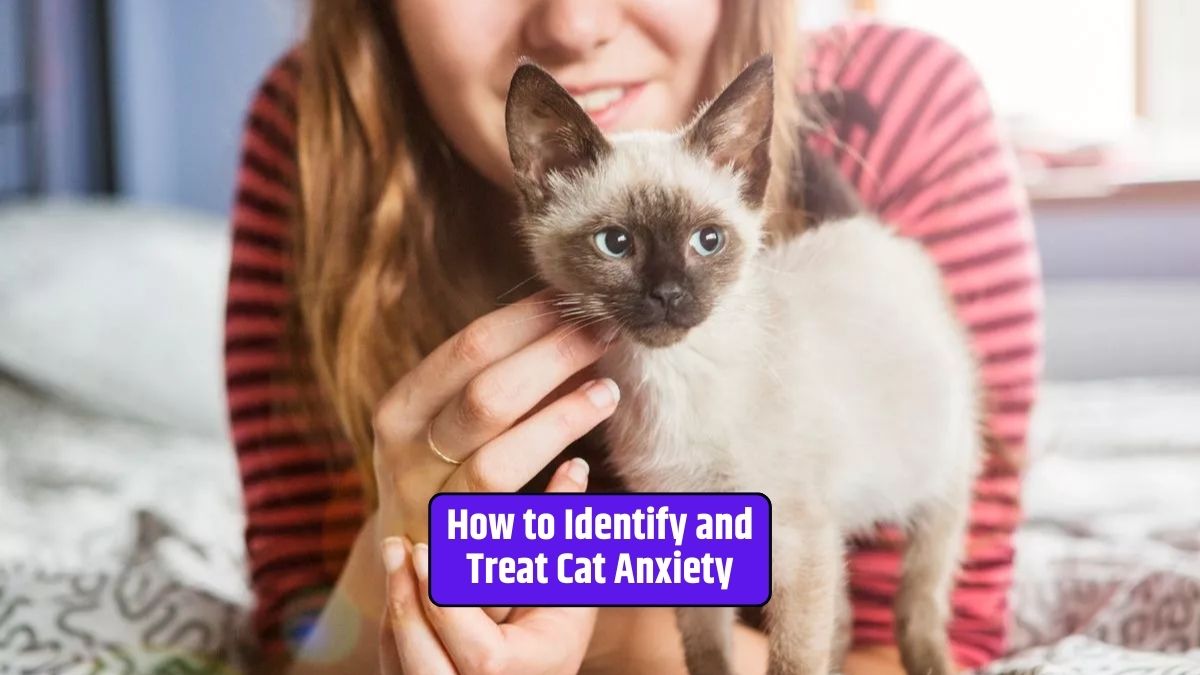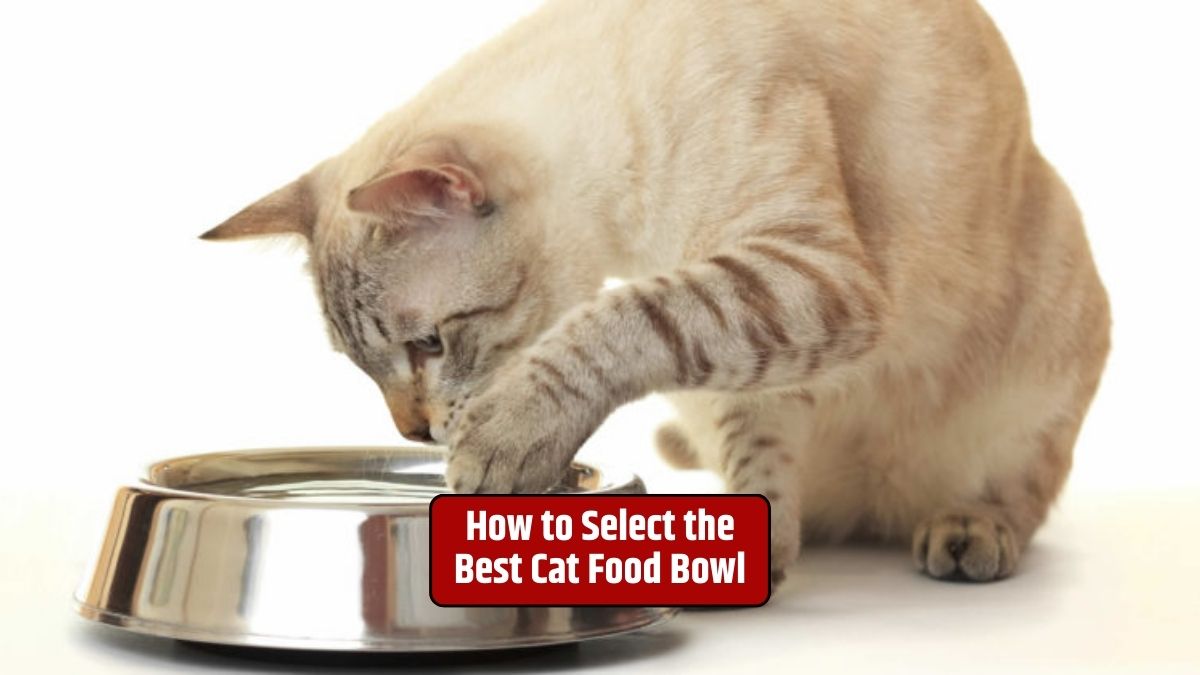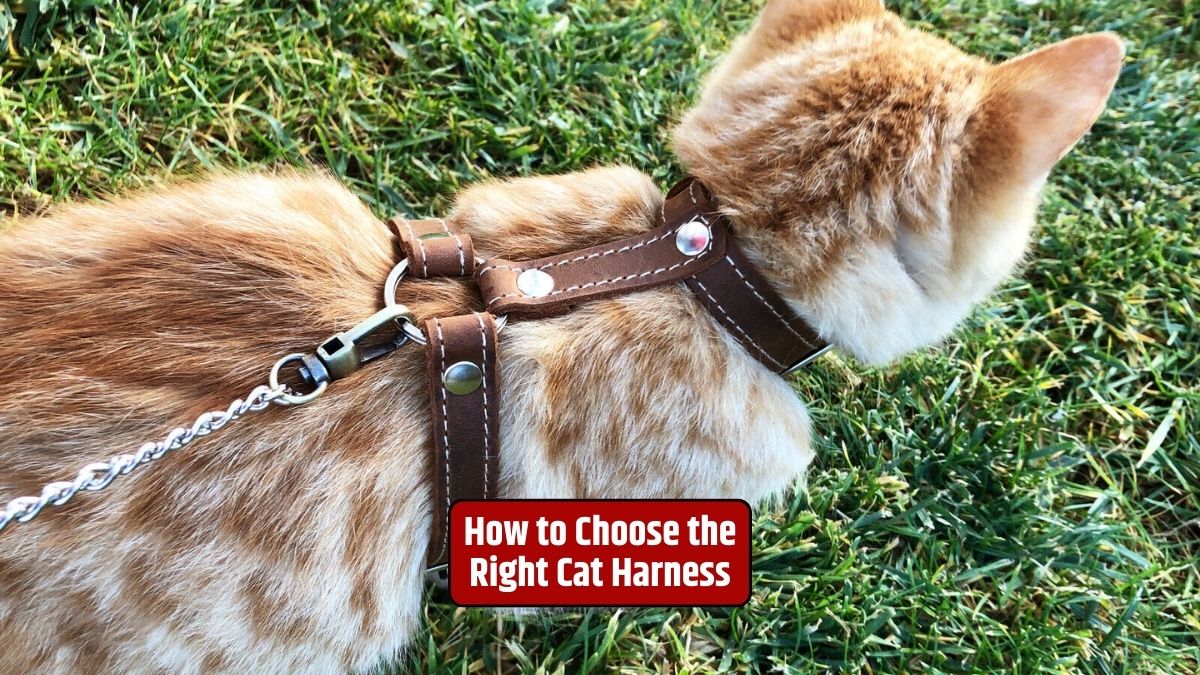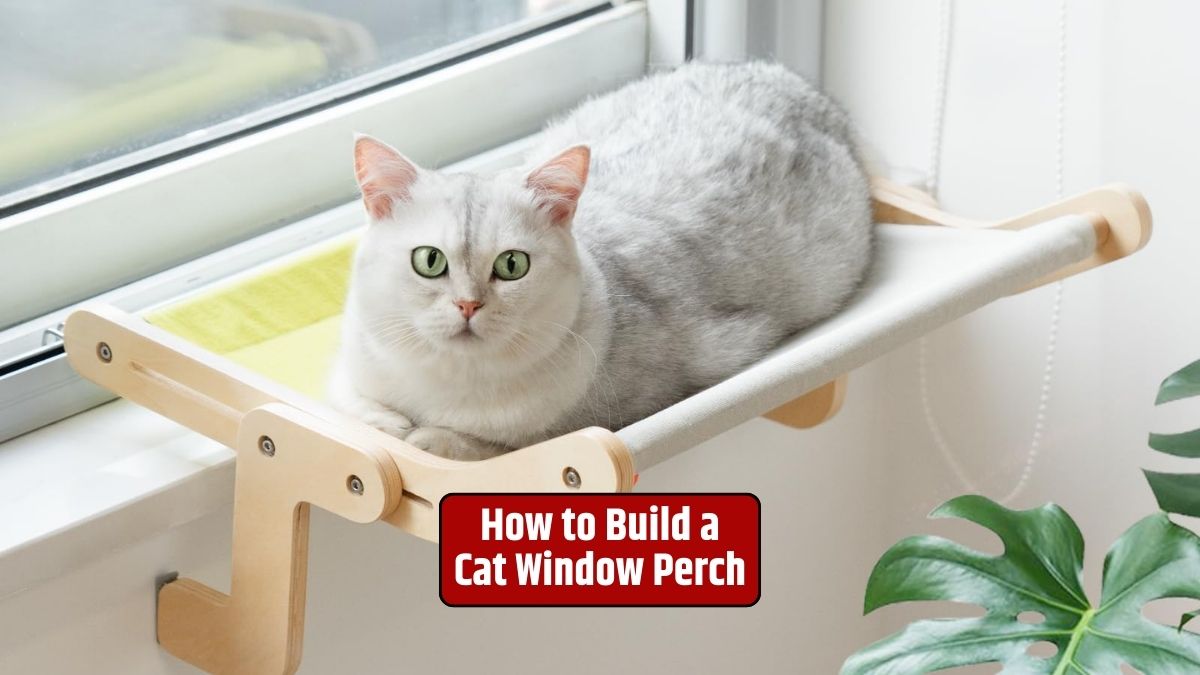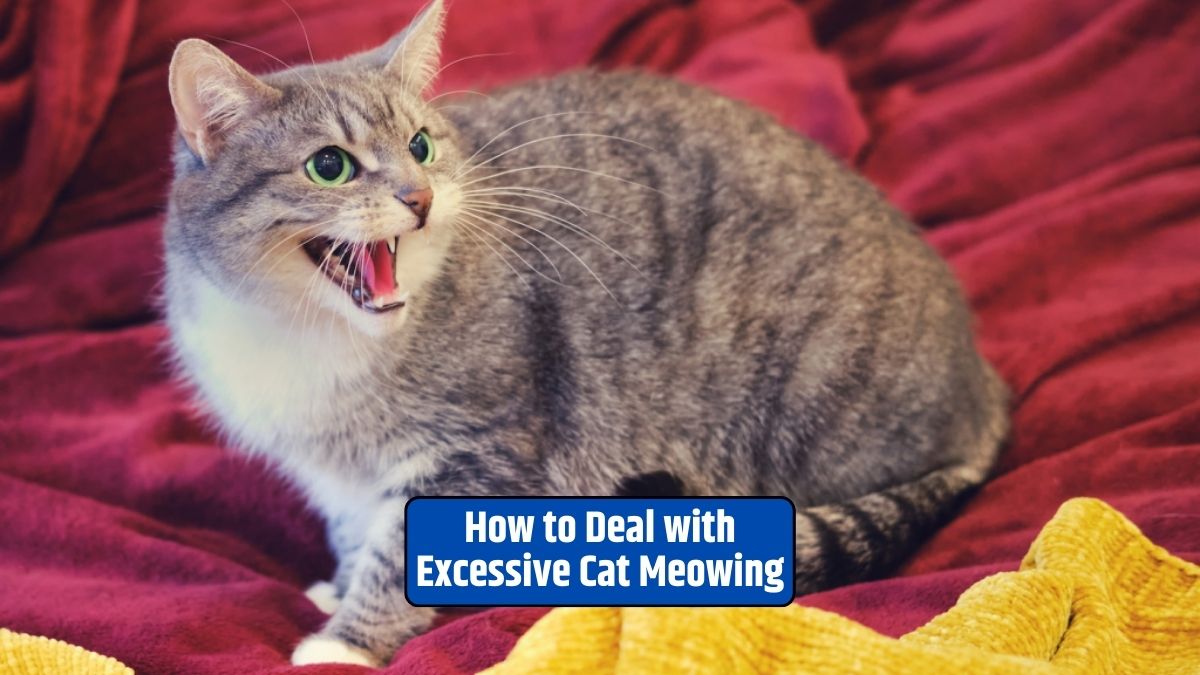Feeding your feline friend a well-balanced and nutritious meal is vital for their health and happiness. While it might seem like a daunting task to curate a cat-approved meal plan, fear not!
In this guide, we’ll navigate the world of feline nutrition together, ensuring your cat gets the purrfect blend of taste and health in every bowl.
Nutritional Needs
Before we dive into crafting a meal plan, it’s essential to comprehend what your cat needs to thrive.
1. Protein
Cats are obligate carnivores, meaning they require a diet rich in animal protein. Include high-quality protein sources like poultry, fish, and meat in their meals.
2. Fats
Fats are a crucial component of a cat’s diet, providing them with a concentrated source of energy. Look for healthy fats like those found in fish oil or chicken.
3. Carbs
Unlike humans, cats don’t need carbohydrates in large quantities. A cat-approved meal plan should include carbs in moderation, typically from grains or vegetables.
4. Vitamins
Ensure your cat gets essential vitamins and minerals like taurine, calcium, and phosphorus. These nutrients are vital for maintaining overall health.
Crafting
Now that we know what goes into a cat’s diet let’s explore how to put together a meal plan that’ll have your feline friend licking their whiskers in delight.
1. Consult Your Vet
Before making any dietary changes, consult your veterinarian. They can provide insights into your cat’s specific needs based on factors like age, weight, and health status.
2. Commercial Food
Opt for commercially available cat food with high protein content and minimal fillers. Look for products labeled as complete and balanced.
3. Incorporate Wet
Mixing wet and dry food offers variety and helps keep your cat hydrated. Wet food is particularly beneficial for cats prone to urinary issues.
4. Homemade Treats
Supplementing your cat’s diet with homemade treats can add a personal touch. Simple recipes using cat-friendly ingredients like cooked meat can be a hit.
5. Monitor Portion Sizes
Be mindful of portion sizes to prevent overfeeding. Follow feeding guidelines on commercial cat food packaging and adjust based on your cat’s individual needs.
Conclusion
Creating a cat-approved meal plan is a rewarding endeavor that contributes to your cat’s well-being. By understanding their nutritional needs, consulting with your vet, choosing high-quality commercial food, incorporating variety, and monitoring portions, you’re on your way to providing a balanced and delicious diet for your feline companion.
FAQs
Can I feed my cat a vegan or vegetarian diet?
No, cats are obligate carnivores, and a diet without animal protein is not suitable for their nutritional needs.
How often should I feed my cat?
Most cats do well with two meals a day, but consult your vet for guidance based on your cat’s specific requirements.
Is it okay to feed my cat raw food?
While some owners opt for raw diets, it’s essential to handle raw food safely to avoid contamination. Consult your vet before making this choice.
Can I give my cat treats daily?
Treats should be given in moderation to prevent weight gain. Limit treats to 10% of your cat’s daily caloric intake.
How can I encourage a picky eater to follow the meal plan?
Experiment with different textures and flavors, and consult your vet if your cat consistently refuses to eat. Patience is key when transitioning to a new diet.
